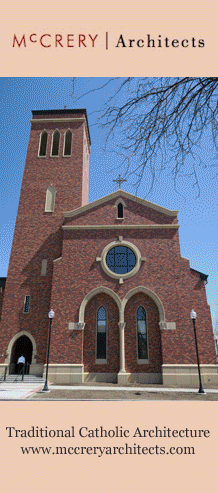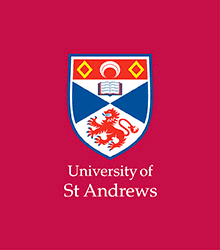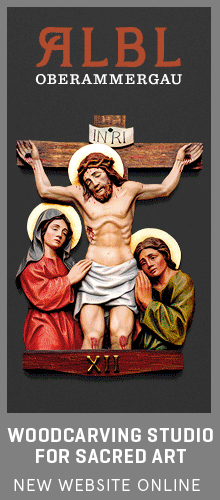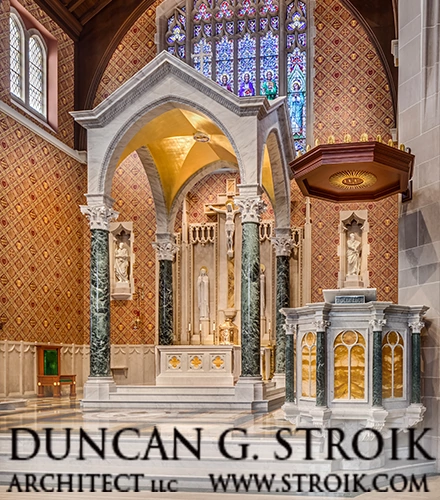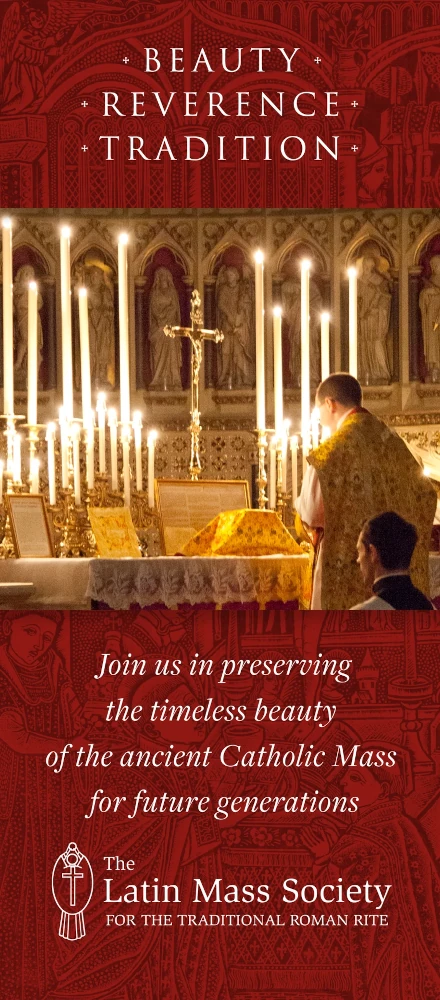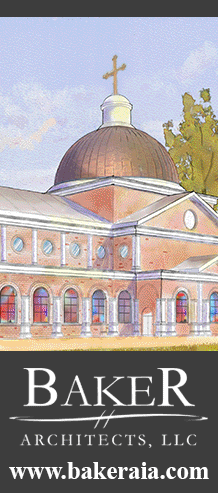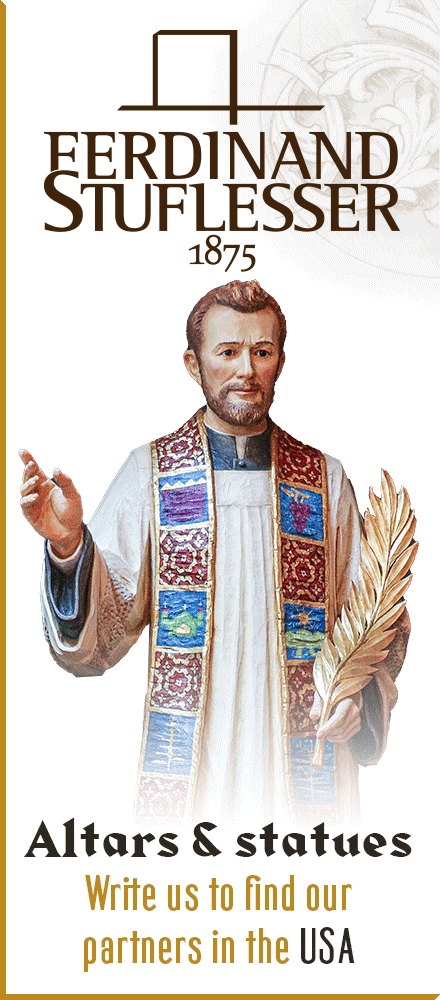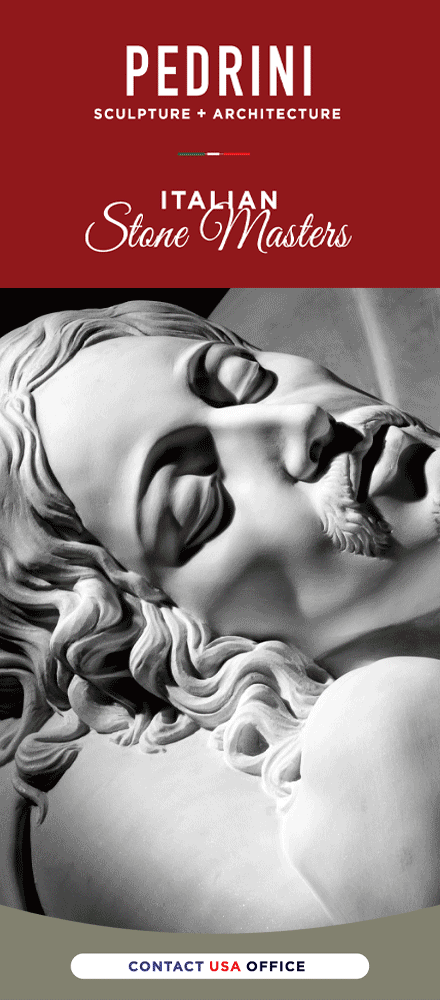The timing of this is unintentional, but I came across some pictures of the papal liturgy in the usus antiquior celebrated by Paul VI. We've had a few pictures of the solemn papal liturgy here before from both the time of Pius XII and John XXIII, but these are different yet.
I thought our readership would be interested. I've tried to pair the images with quotations taken from Archdale King on the topic of the Solemn Papal Mass, as found in the appendix of his work, The Liturgy of the Roman Church. I should note that I am uncertain if there were any revisions to the ceremonial he describes from the time he wrote this in around 1957 until the time the photos were taken.
Overview
"The assistants at the Mass include the cardinal deacon, apostolic subdeacon, who carries the gospel-book in the entrance procession, Greek deacon and subdeacon, cardinal assistant bishop, two assistant cardinal deacons, two protonotaries apostolic, who raise the front of the falda as the Pope walks, two chamberlains carrying the train, dean of the Rota with the precious mitre, and finally two patriarchs or archbishops who carry the book and hand-candle respectively. A thurifer, with a smoking censer and seven acolytes bearing candles take part also in the entrance procession."
The Introductory Rites and Readings
"At the preparatory prayers, the cardinal bishop stands to the right of the Pope, the cardinal deacon to the left, with the other ministers behind.
"After the first censing, the cardinal deacons kiss the Pope on cheek and breast, and the Pontiff retires to the throne before the of St. Peter’s Chair in the apse.
"The senior deacon, who wears a mitre, sits on a faldstool before the altar and facing the throne; the apostolic subdeacon, together with the Greek ministers, sit on the steps of the altar; while the assistant bishop and the two assistant deacons remain near the throne.
"The Byzantine subdeacon and deacon, who respectively chant epistle and gospel in Greek after they have been sung in Latin, normally monks from the Italo-Greek badia of Grottaferrata. The subdeacons of the two rites, at the conclusion of the epistles, go together and kiss the feet of the Pope. Seven taperers assist at the Latin gospel: two at the Greek gospel. The Pope kisses the two texts."
The Offertory
"Precautions are taken against poison, and a pregustatio ceremony for the tasting of the bread and wine takes place at the offertory. After Et homo factus est has been sung in the Creed, the cardinal bishop and apostolic subdeacon wash their hands at a credence, and then unfold a linen cloth, edged and divided with gold lace, over the mensa of the altar. The cloth originally served as a corporal and covered the oblata. The subdeacon in a humeral veil brings up the burse and corporal, two purificators and a silver box of hosts. The burse and hosts are received by the deacon, who spreads the corporal. In the meanwhile, the sacristan in a humeral veil carries the chalice, paten, purificators and gold spoon to the papal credence on the gospel side of the altar, accompanied by an acolyte with two empty cruets and a small vase. The sacristan assisted by the cup-bearer or pantler, then purifies the sacred vessels, spoon and cruets with wine, and the water cruet with water. A small quantity of wine and water are poured into a vessel, and consumed by the cup-bearer: the remainder put into the cruets and given to the acolyte. The sacristan in a humeral veil places the vessels on the altar. Then the cardinal deacon takes the three hosts, and lays them on the paten: with one of them he rubs the paten, and with another touches the inside and outside of the chalice. These two hosts are consumed by the sacristan with his face turned towards the Pope; while the third serves for the Mass. The testing of the oblations is concluded by the cardinal deacon pouring a little of the wine and water into a vessel, which the cup-bearer immediately drinks. The deacon pours enough wine into the chalice for three people, and the subdeacon adds the water with a gold spoon. If the occasion of the Mass should be a canonisation, candles, bread, wine, water, young turtle-doves and two other small birds are offered to the Pontiff after the Creed.
"Eight prelates carry torches for the elevation, but there is no bell either then or at any other time in a papal Mass. The use of a small bell has never been introduced, even for a Mass said in the presence of the Pope." (Click to see image)
"At the Elevation of the Host and Chalice, the Pope raises his arms perpendicularly, turning first to the right and then to the left. The symphony of Silveri by the trumpets of the noble guard, which is played at the moment of elevation, was restricted by Leo XIII to this time.
(Here is an image of the elevation that we have shown you before on the NLM, but which comes from a different series of photographs; one from the time of John XXIII.)
"Before the Pater noster, an acolyte takes the cruets and a small vessel to the credence; while the sacristan in a humeral veil carries the golden fistula in his right hand, and the chalice for the ablutions in his left. The cup-bearer then empties the cruets and purifies them together with the vessel, fistula and ablution chalice. The pregustatio ceremony is repeated as before, after which the acolyte goes to the right of the throne with the cruets and vessel: the sacristan with the fistula, chalice and two purificators.
[...]
"The pax is given in its normal position to the bishop assistant and the assistant cardinal deacons, but it is deferred until the Communion for the deacon and subdeacon of the Mass."
Papal Communion in the Solemn Mass
"The Pope retires to the throne to make his Communion. The following ceremonies are observed: The cardinal deacon first takes the paten, on which the master of ceremonies has placed the asterisk, elevates it to the height of his forehead so that it may be seen by the people, turns to the right to show it to the Pope, raises it higher in making a semicircle, and then returns to the left in such a way that it may be exhibited for the third time to both the faithful and the Pope."
"The subdeacon, kneeling at the gospel side of the altar, receives the paten and asterisk, and takes them to the Pope, his hands covered by a rich veil embroidered with gold (linteum pectoralis). The asterisk is a safeguard in the form of a star, which is placed over the paten as a covering for the Host when it is carried to the throne. It has twelve rays on which are inscribed the names of the twelve Apostles. In the Byzantine rite, an asterisk is a normal liturgical ornament, which is employed to prevent the veil from touching the Eucharistic bread. The Eastern type is formed by two half circles, with a little star suspended in the centre.
"The chalice is elevated by the cardinal deacon with the same ceremony as for the paten. Then the master of ceremonies covers the chalice with a gold-embroidered pall, and the deacon takes it to the throne." (Click to see image)
"Two archbishops hold the book for the communion prayers; while a third assists with a hand-candle. The second master of ceremonies removes the asterisk, and the Pope, taking two particles of the Host in his left hand, says: Panem coelestem and Domine non sum dignus."
[...]
"The deacon approaches with the chalice, and the sacristan gives the fistula to the assistant bishop. Then the Pope places the fistula in the chalice, and so receives the precious Blood. The Agnus Dei is concluded by the choir after the Pope has made his Communion." (Click to see image)
"The second half of the Host is given at the throne to the deacon and and subdeacon: the former stands and the latter kneels. They both kiss the ring and receive the pax. The ministers then return to the altar: the deacon carries the chalice and fistula and the subdeacon the paten. The paten is purified over the chalice by the subdeacon, and the deacon consumes a part of the precious Blood by means of the fistula. The remainder of the chalice is taken by the subdeacon, but without making use of the ‘reed’. The chalice is then purified.
"The Pope in the meanwhile takes the ablutions in a chalice specially provided for the purpose, which is offered to him by the assistant bishop." (Click to see image)
"He then returns to the altar for the communion and postcommunion."
"The auditor of the Rota, vested in a tunicle, stands by the Pope as he gives the blessing, holding the pontifical cross.
"Both maniple and pallium are left on the altar. When the Pontiff has received the tiara, gloves and ring, the archpriest of the basilica, accompanied by two of the canons, presents himself before the Pope, in order to give him a purse of silk embroidered with gold in which there are twenty-five jules of ancient papal money. The archpriest, as he presents the honorarium, says: Beatissime Pater, capitulum et canonici hujus sacrosanctae basilicae, Sanctitatae [sic] vestrae consuetum offerunt presbyterium pro missa bene cantata. Then the hand of the Pope is kissed by the archpriest, and the foot by the two canons. The Pope gives the purse to the cardinal deacon for his train-bearer, who in his turn takes it to the canon sacristan of the basilica, receiving in exchange five ecus, which was about twenty-seven francs before the first World War."


